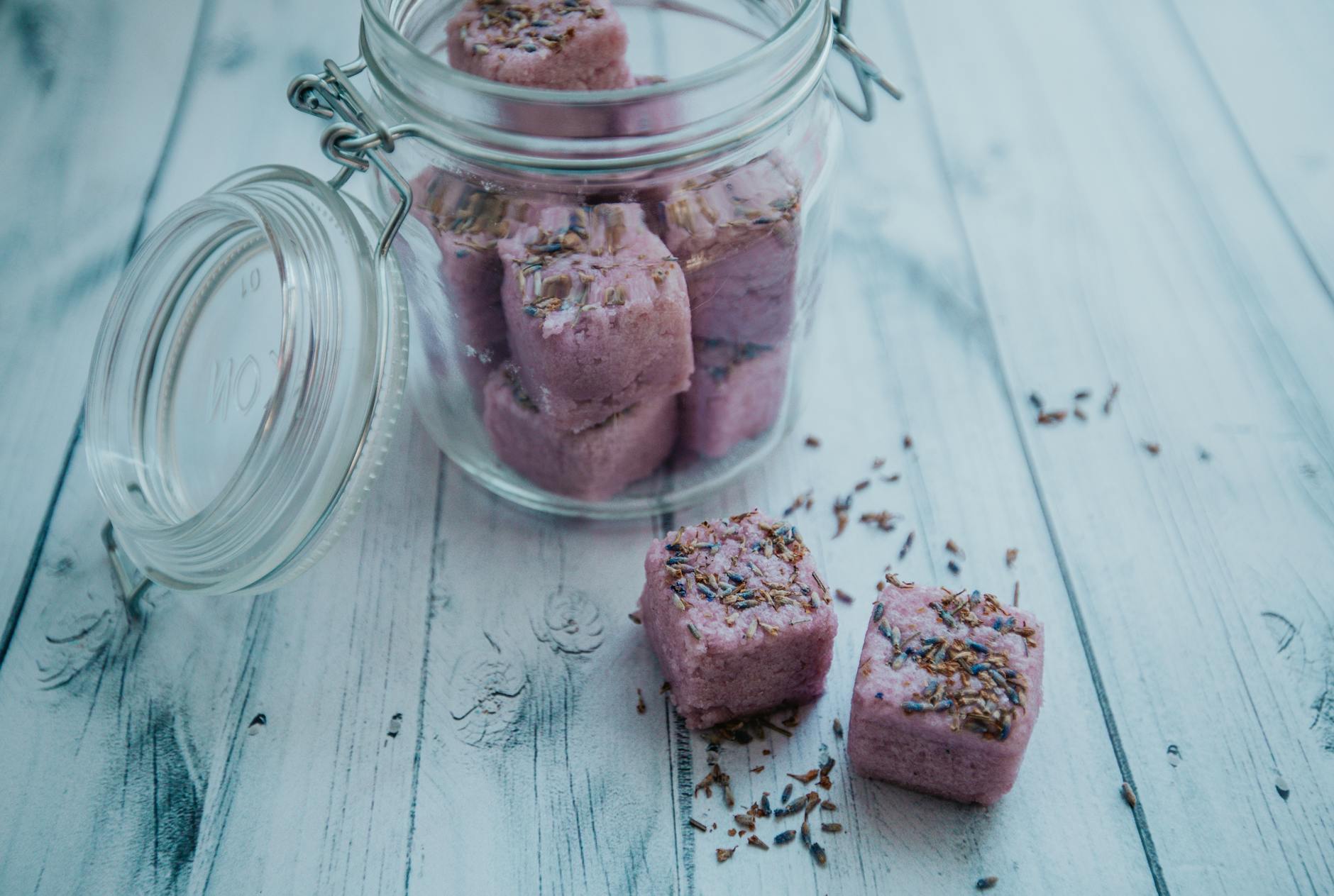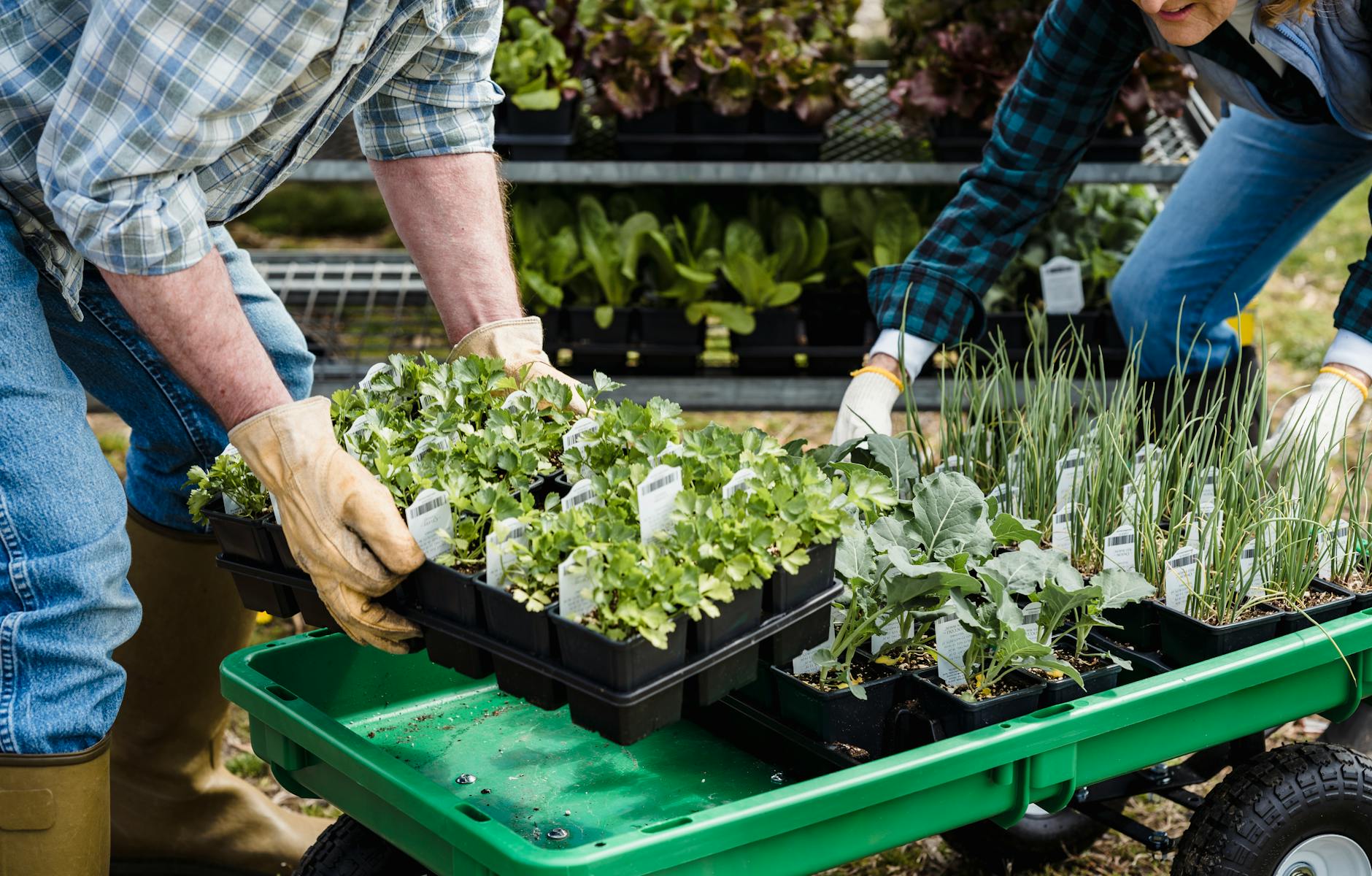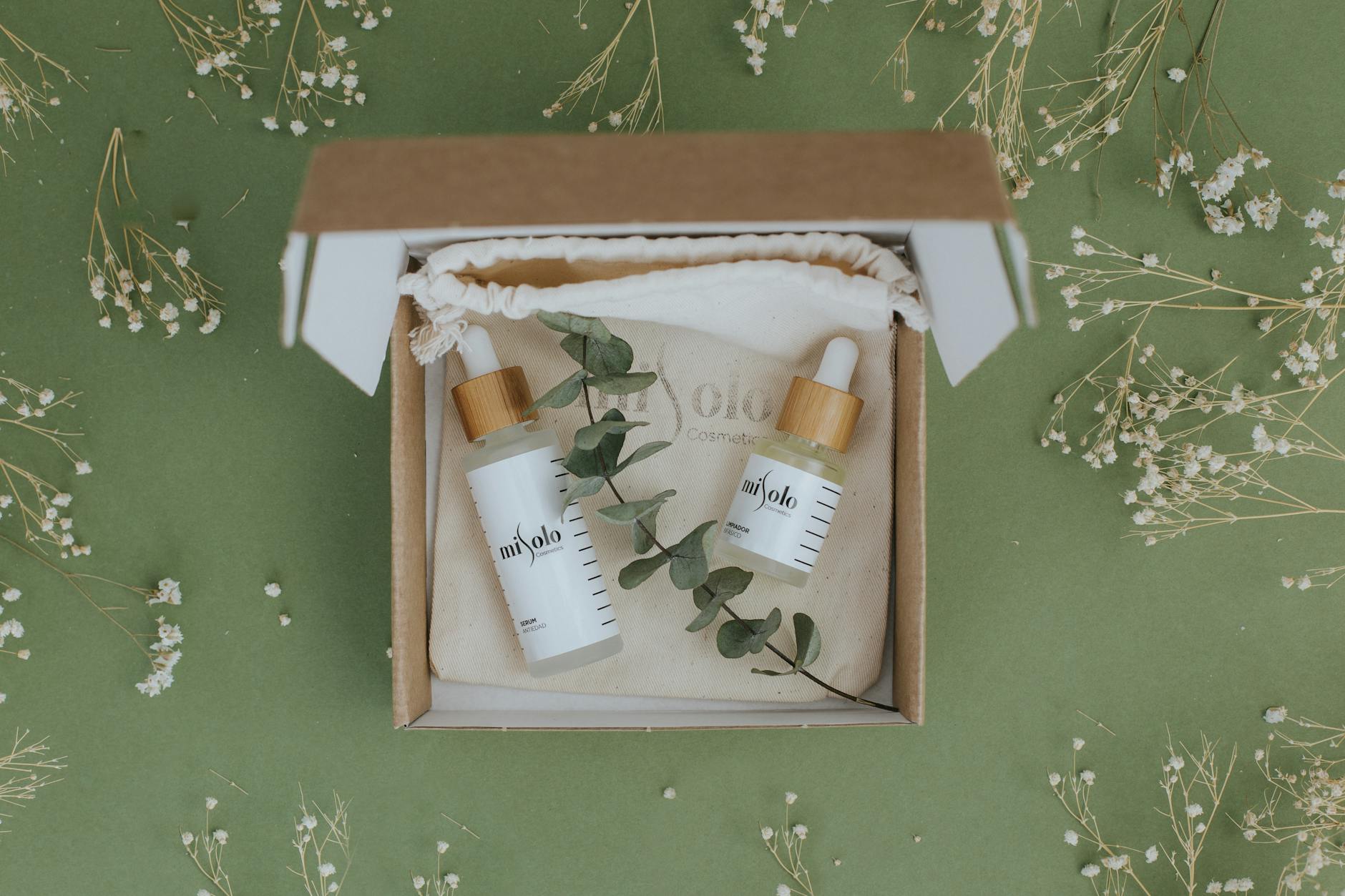How to Enhance Your Tech Knowledge for Australia's Beauty Industry

Discover the Beauty Industry's Basics
When stepping into the enchanting realm of Australian beauty, it's crucial to first understand its dynamic landscapes. Australian beauty, known for its innovation and diversity, embraces everything from natural skincare to luxurious fragrances. Imagine discussing and exploring these topics at a trendy Surry Hills café with other tech-minded professionals.
The key players in this vibrant market range from global icons to local gems, all of which intrigue with their unique offerings. Brands like Sisley are known for their fusion of luxury and nature, while Juliette Has a Gun brings a contemporary twist to traditional fragrances. Meanwhile, Penhaligons captivates with its rich, storied past, providing a window into the heritage of scent creation.
Beyond the glamorous packaging, the beauty industry is deeply rooted in science. From advanced laboratories to cutting-edge technology, the brands we cherish most often rely on meticulous research and development processes. This scientific backbone is akin to the innovative discussions at the International Convention Centre Sydney on beauty-tech advancements, where the chemistry of products is continually explored and refined.
Understanding these elements of the beauty industry provides both an appreciation for the products themselves and a fascinating segue into integrating science into everyday learning. With this groundwork, even a high school science teacher would find rich opportunities to engage students in the academic and commercial world of beauty and technology.
Delve into Beauty Chemistry
Analyzing Ingredient Lists
Understanding beauty products begins with decoding their ingredient lists. It's like peering into the secrets of a dior perfume, where every element contributes to the enchanting aroma or skin-loving properties. For those fascinated by the scientific intricacies, examining these lists offers a glimpse into the art of formulation. The key is knowing what each component contributes—whether it's the hydrating properties of glycerin or the antioxidant benefits of vitamin C. This way, you're not just a consumer but an informed participant in the process.
Chemistry of Fragrances
The chemistry behind fragrances is where art meets science. Every spritz captures a blend of top, middle, and base notes, painting a sensory picture as complex as a chapter from a chemistry textbook. Brands like Montale often play with molecules to craft unique layers of scent. If you've wandered through beauty-tech events at the International Convention Centre Sydney, you've likely experienced cutting-edge innovations that align with this intricate field. These events not only showcase product innovation but also reveal the delicate balance of chemistry involved.
Sustainable Formulation Practices
Sustainability in beauty formulation is becoming vital. Consumers are now keen on understanding the environmental impact of their products. Brands like narciso rodriguez focus on sustainable practices, utilizing natural ingredients and reducing waste. It’s crucial for tech enthusiasts and beauty advisors alike to appreciate these advancements. This dedication to sustainability resonates well within the circles of Surry Hills cafes, where tech professionals often gather to discuss innovations, including beauty-tech.
Utilize Tech for Learning
Educational Websites to Explore
As a beauty enthusiast with an analytical mind, you'll appreciate the wealth of resources available online. Look into educational websites that blend technology with beauty insights. For instance, platforms like Coursera and Khan Academy offer courses that dive deep into the chemistry of beauty products. You can learn about the molecular intricacies behind celebrated skincare lines such as Guerlain. If you're in Sydney, you might find it interesting to discuss these topics over coffee in the chic cafes of Surry Hills, a hub for tech conversations and innovations.
Engaging in Science Podcasts
Podcasts are a fantastic way to immerse yourself in beauty science without having to leaf through hefty textbooks. There are a plethora of science-focused shows that dive into the specifics of formulations, skincare technologies, and clinical trials. Whether you're riding your bike along Brisbane's pathways or taking a break at work, tuning into these podcasts will shed light on how products from Korean makeup brands achieve their innovative textures and finishes. This auditory learning could easily inspire lesson discussions, sparking curiosity in your students about the chemistry of everyday beauty products.
Forums and Communities for Insight
Engaging in online forums and communities dedicated to the science of beauty can broaden your understanding and provide valuable insights. Platforms like Reddit and BeautyBrains foster discussion among users who share your interest in how beauty intersects with science. These communities offer a space to ask questions, share discoveries, and gain new perspectives. Networking events at the Australian Technology Park could also offer face-to-face interactions with fellow beauty-tech enthusiasts, enriching your knowledge base further. These discussions not only reinforce your understanding but also ignite ideas for your future lessons.
Integrate Knowledge in Education
Lesson Plan Inspirations
Incorporating the wonders of beauty chemistry into lesson plans can be both engaging and educational. As a high school Chemistry teacher, using the science behind popular products like L'Occitane can pique student interest. Consider starting with a module focused on the chemical composition and benefits of natural ingredients found in luxury skincare. By exploring the chemistry of fragrant compounds from brands such as balmain shampoo, students can witness first-hand how elements combine to form appealing scents and appreciate the role of molecular interactions in olfactory experiences.
Classroom Applications
Engaging students in practical experiments is a fantastic way to demonstrate scientific concepts. Encourage them to simulate the creation of simple fragrance blends in the lab. Have them identify and mix basic essential oils, observing how altering concentrations can change a scent’s character. This hands-on approach not only links chemistry fundamentals with real-world applications but also cultivates excitement around the science of perfumery.
Engaging Student Activities
To deepen understanding, initiate a project where students research the sustainability practices of beauty brands. They can assess product labels and ingredient lists for transparency and eco-friendliness, aligning with Australian values on sustainable practices. This allows them to critically analyse scientific claims, discern credible sources, and make connections between chemistry and consumer ethics.
In weaving beauty chemistry with curriculum goals, students not only grasp the intricacies of the chemical world but also gain insights into how it impacts industries they interact with daily.
Address Common Learning Challenges
Navigating Beauty Myths
As we immerse ourselves in the buzzing world of beauty technology, it’s easy to get tangled in myths. The vital first step is applying a critical lens to everything you read. When claims seem too good to be true, like a new anti-aging cream promising to erase five years overnight, pause and cross-check with dermatological research or expert opinions. At beauty-tech events like those hosted at the International Convention Centre Sydney, you can often find panels discussing such topics. This nuanced understanding can arm you with the ability to separate fads from facts in an age abundant with information.
Streamline Your Knowledge
Amidst a sea of data and skincare innovations, avoiding information overload requires a strategic approach. Curate your sources—perhaps that could mean subscribing to just a few trusted beauty-tech blogs or following developments from beauty expos frequented by tech enthusiasts from Surry Hills. Keep a streamlined list of go-to resources that you can then revisit, a strategy often discussed in tech networking events at the Australian Technology Park. Engaging with these curated channels ensures you capture only the best insights by honing in on the proven and peer-reviewed details.
Demystifying Scientific Terminology
Let’s face it, scientific jargon can be a real head-scratcher. But with a bit of dedication to continuous learning and the right tools at your disposal, you can turn those head-scratchers into ah-ha moments. Start by using science apps or online platforms designed to break down complex terms into digestible snippets. Apps that offer ingredient breakdowns serve as tech-savvy beauty guides, perfect for software engineers eager to decode terms found in cutting-edge skincare solutions. So the next time you encounter unfamiliar terms, you’ll be better prepared with your virtual toolkit.


